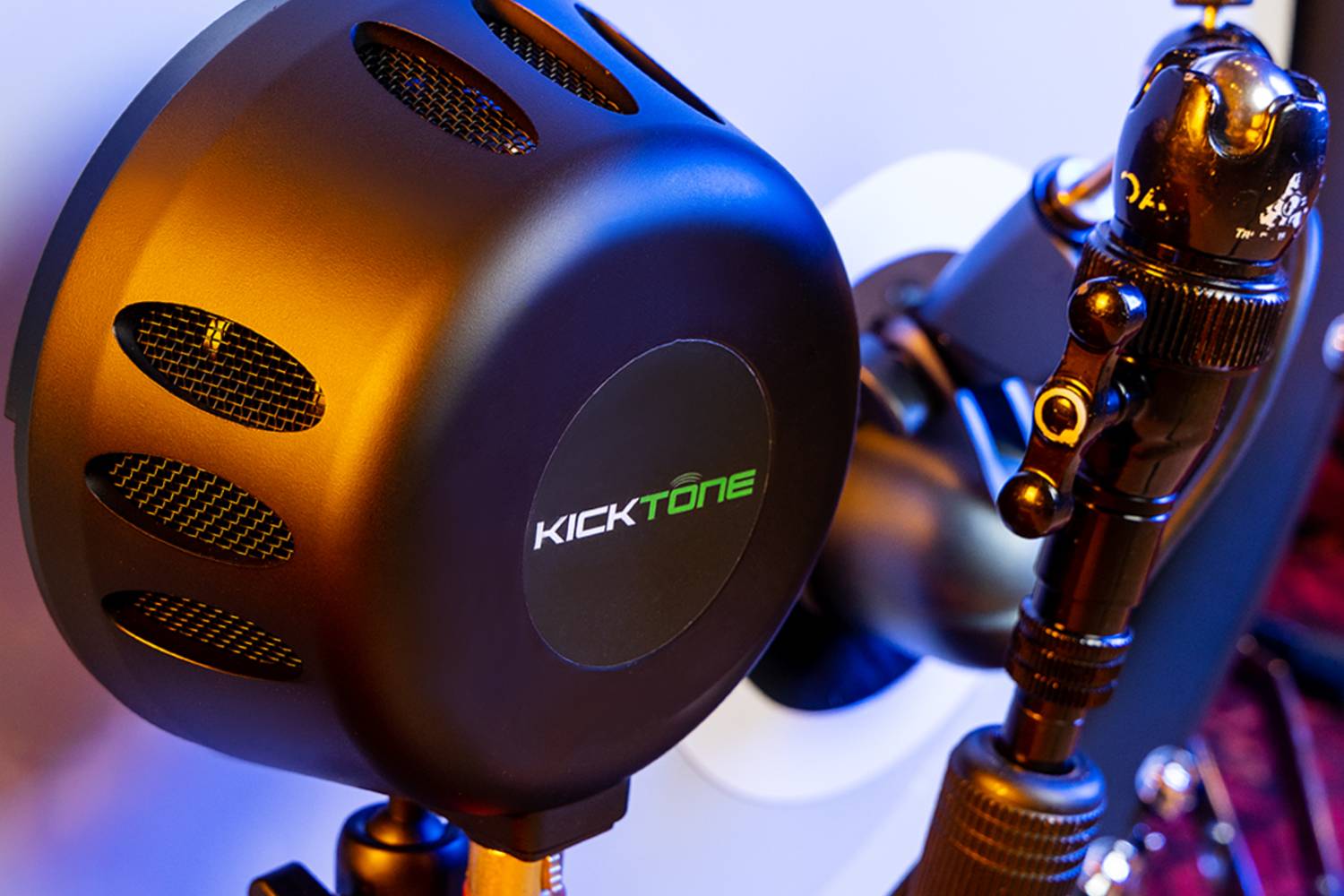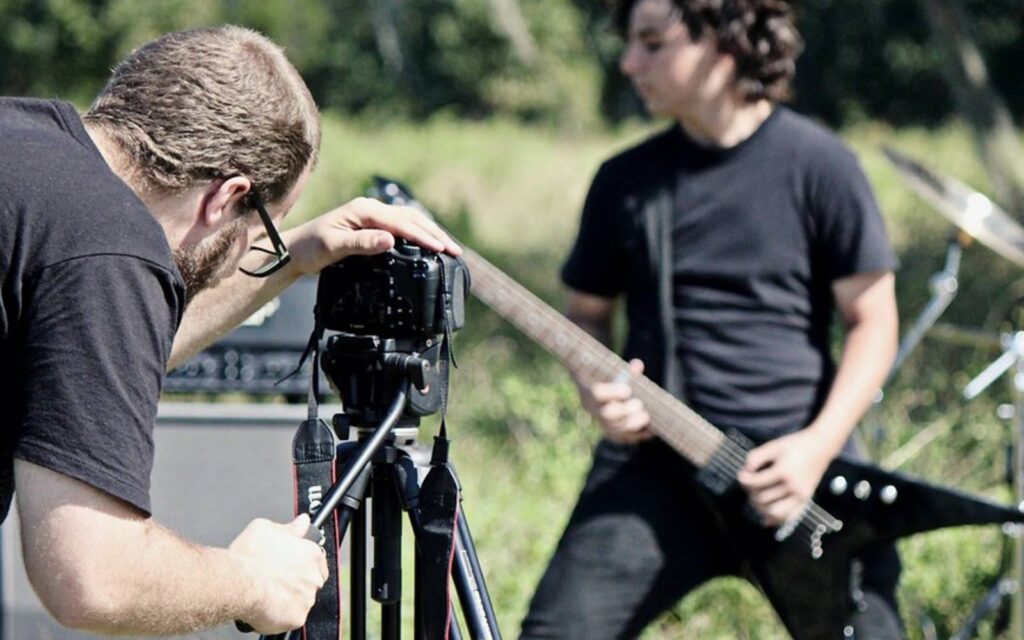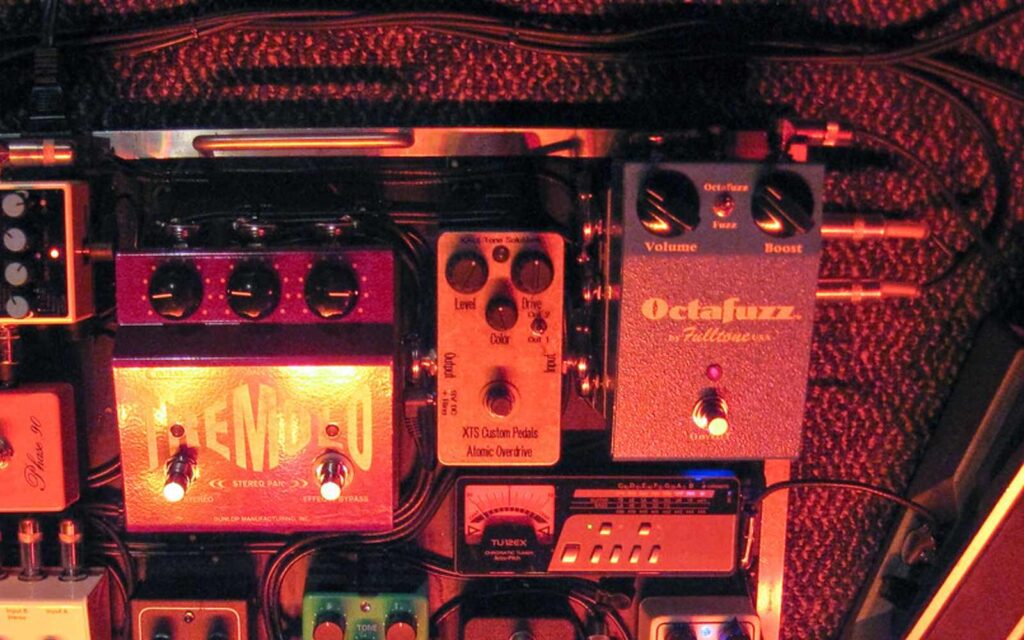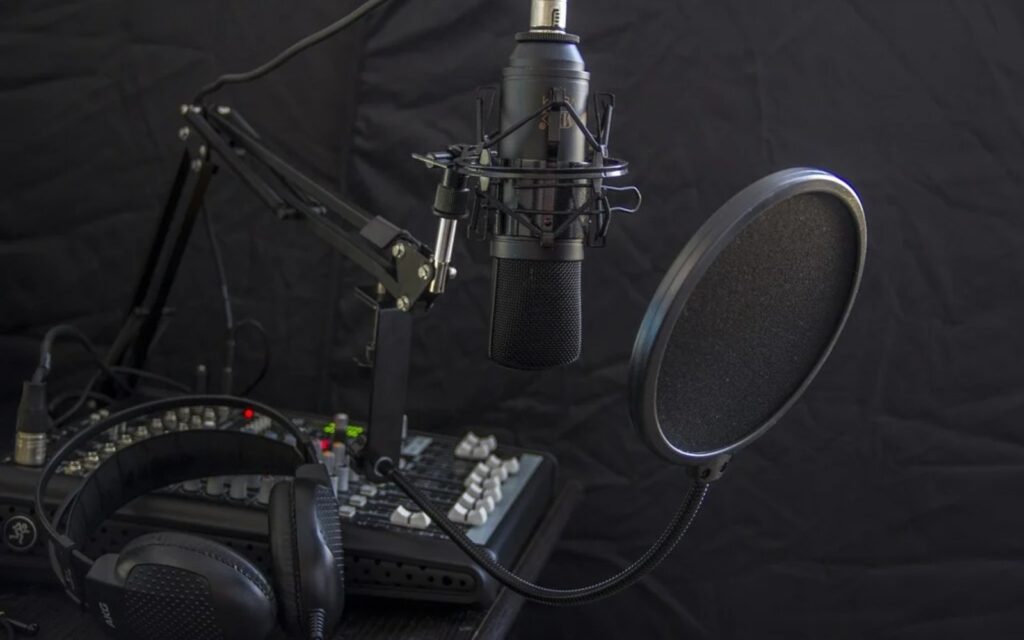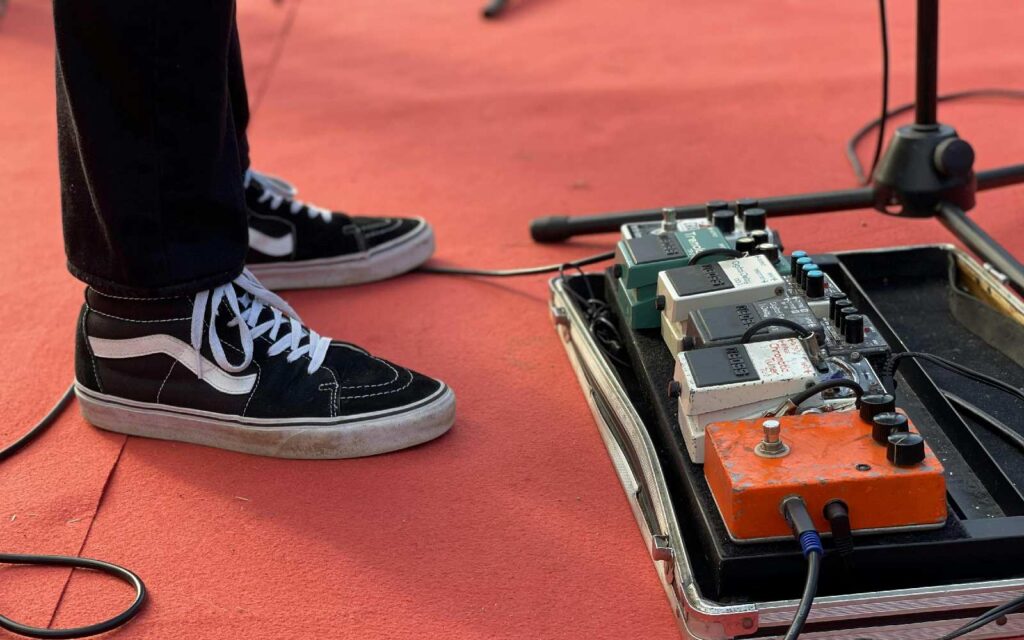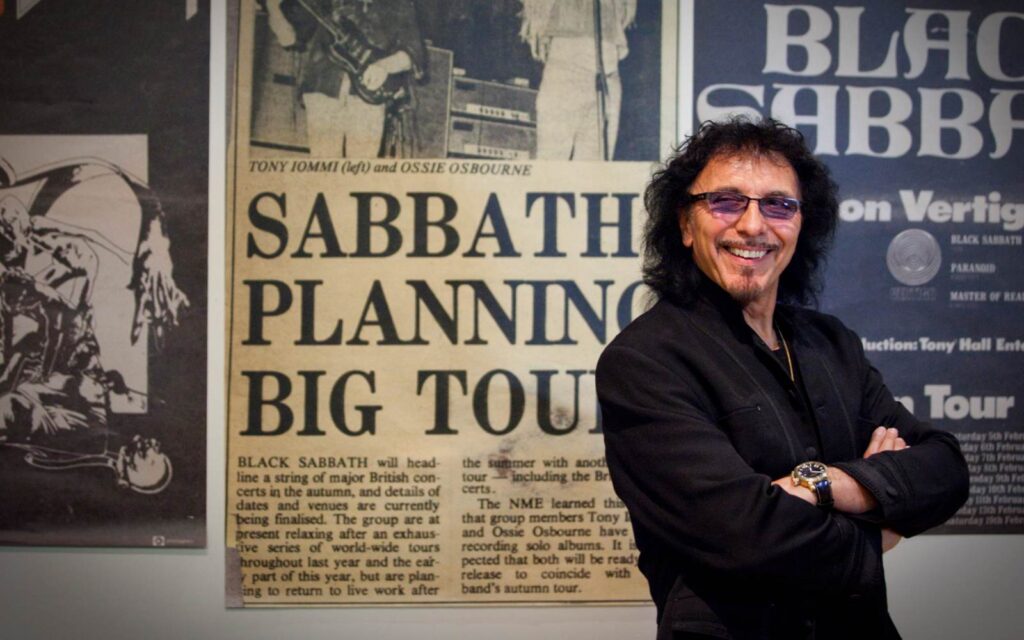The KickTone is a microphone that sits in its own unique category, in that it successfully takes the best qualities of what made the original subkick mic such an iconic studio piece while pushing the idea into new territories.
The recording and reproduction of low end sound sources in the studio or live environment is a contentious topic in pro audio. With numerous techniques and coveted pieces of gear being heavily leant on over the years, it’s always refreshing to see things stirred up when a new piece of gear challenges the status quo. One such microphone that has done so in recent times is the Morton Microphone Systems KickTone, which has a rather unique take on capturing low end.
Read all the latest features, columns and more here.
For a bit of historical context, there’s been a handful of go to microphones that engineers have gravitated towards both in studio and live environments for capturing low end sound sources, and more specifically for kick drum. In the first several decades of recording drum kits with multiple microphones, typically only one dedicated microphone was used for kick drum. But, as the size of mixing consoles increased as well as the channel count of reel to reel tape machines, engineers were gifted the flexibility of being able to use more than once microphone on a kick drum, to then be separately treated on the mixing console.
By the time the 1980’s rolled around, two or more microphones on the kick drum was commonplace, each tasked with a specific role for the mix. One typically placed inside the drum would be used to articulate the attack sound of the kick, whilst another mic placed somewhere on the outside of the drum (usually at the front of the resonant head and/or near the port hole) to capture the low end weight of the drum. These two microphones, when carefully treated and blended, would represent the complete sonic picture of the kick drum.
With engineers constantly trying to find new and exciting ways to capture more low end frequency information, reverse wiring loudspeaker drivers (woofers), which in effect made them a very large diaphragm microphone became quite a popular technique in the studio.
Whilst this enormous microphone diaphragm (7” diameter in the case of the Yamaha NS-10 driver) was able to produce a whopping amount of low end information, it typically was never used exclusively on its own, but instead in conjunction with another microphone, for a more balanced and realistic representation of the kick drum. As this technique was refined, Yamaha released a dedicated product dubbed the Subkick – essentially an NS-10 speaker driver placed in a mahogany shell which came with a dedicated stand.
With the Yamaha Subkick having been discontinued for quite some time, the introduction of the KickTone was welcomed within the drum and pro audio communities, cleverly building upon this reverse wired speaker concept. As mentioned earlier, the primary purpose of a subkick type microphone is, as the name subtly suggests, reproduces subsonic frequency information, but for any frequency information above this another mic is absolutely required.
The KickTone’s design is an interesting one in that it has both a woofer and a secondary coaxial dynamic structure. Its bespoke hemp diaphragm offers the inherent benefit of stiff rigidity paired with being light weight and provides great natural damping. The KickTone’s 5.25” woofer captures superb low end as one would hope, extending right the way down to 20Hz, with the secondary dynamic structure assisting in reaching up to 10kHz. It is this extension into high frequency territory that is the hallmark of the KickTone’s unique design, providing both a bucket load of sub frequency heft and articulate attack in the upper mid range, and with a sound pressure handling of 175dB SPL, the diaphragm is near impervious to sonic harm.
Whilst most other dedicated kick drum microphones are either mounted onto a mic stand or placed within the drum (in the case of a plate style mic), the KickTone has a couple of mounting tricks up its sleeve.
Of course mounting onto a stand is easily done and is rotatable 360-degrees. This makes for quick as easy adjustment and positioning when using the KickTone close to or around the resonant head of a drum or when placed in front of a bass cabinet speaker or even up under a piano for example. But for kick drums, the KickTone also has the ability to seamlessly mount directly onto a KickPort. Thankfully, for those who don’t already have a KickPort, a bundle of the two is available making it a superb studio and live sound companion. This mounting option is an absolute game changer for a couple of reasons.
Firstly, it makes for far less clutter around the kit, alleviating the need for a mic stand, but most prudently this type of mounting gives an incredibly isolated sound capture. Any live or studio engineer who’s run into trouble with leakage of other instruments (a.k.a. a snare drum) into a kick drum mic and have had to work some intensive gating magic to get things talking properly will appreciate this. This mounting option also seems to give the most definition in the overall sound of the KickTone as well. Being nicely sealed around the porthole of the kick provides the most amount of low frequency energy to be captured as well as a very defined attack. This in turn provides a very full picture of the sound of the kick drum and allows the KickTone to be comfortably used on its own without the need for an additional microphone if required.
Aside from the relative aesthetic comparisons to some other sub kick like designs, this is where the similarities really end. The KickTone is a microphone that sits in its own unique category, in that it successfully takes the best qualities of what made the original subkick mic such an iconic studio piece while pushing the idea into new territories. By implementing a design which not only reproduces the enormous low end we’ve come to expect from subkick-type mics, the added detail in the upper frequency spectrum lends itself to be used on its own both in studio and live environments, making light work of what many engineers search for in a reproducing the sound of a kick drum. The flexibility of its mounting options and overall sound quality, the KickTone is a valued asset to any engineer’s mic locker.
For local enquiries, visit Gsus4.
